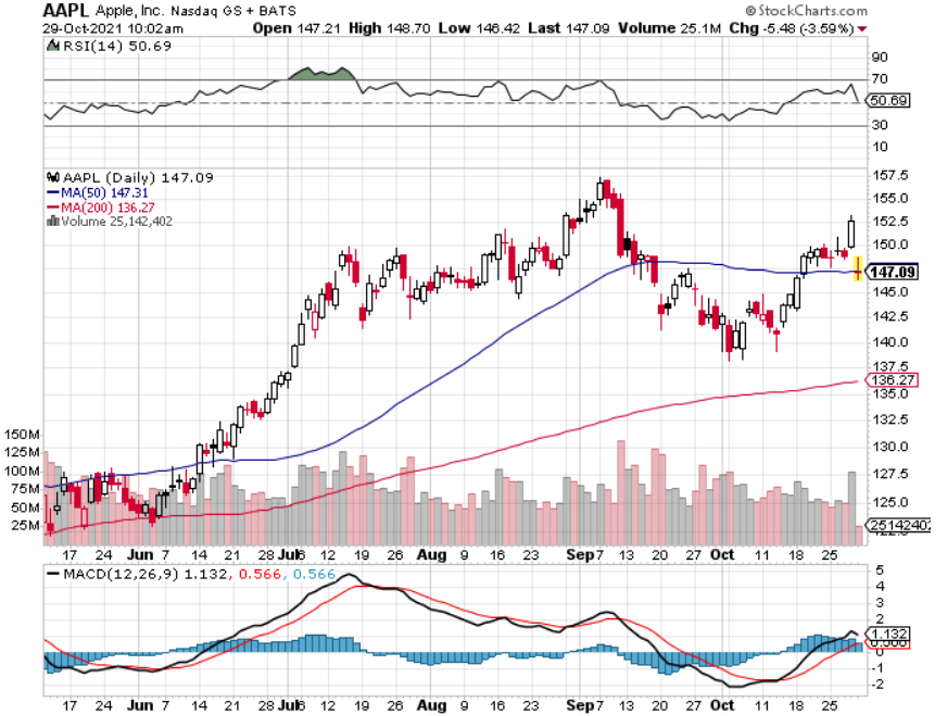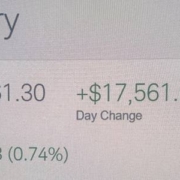The numbers tell the story for Apple (AAPL) — 745 million paid subs.
It’s not at Facebook levels yet, but Apple’s 745 million almost entirely can claim to buying multiple Apple devices.
Then step back and admire the increase of 160 million paid subs versus just 12 months ago and understand this minor dip in today’s shares is just another buying opportunity.
Being able to add 160 million paying subs in 12 months stems from the ability to continue to launch new services and new offerings within the services that they already have, new features that are game-changers.
In short, that’s how you grow a large business that does $68 billion in the last 12 months with levers that are diversified as any.
At a granular level, The Apple App Store notched a September quarter record.
This highlights the trend that consumers are paying on the platform and are happy to do it, which is why the services keep growing to double digits.
I applaud Apple for taking a stand against ad technology and giving privacy back to the user.
It’s a luxury they can afford, but I believe it will turn into a tailwind.
The feedback from customers is overwhelmingly positive.
Customers appreciate having the option of whether they want to be tracked or not.
It’s just another feature that goes into making Apple one of the best tech firms in the world.
Some more accomplishments this past quarter was setting an all-time record for Mac sales and quarterly records for iPhone, iPad, wearables, home, and accessories, representing 30 percent year-over-year growth in products.
This level of sales performance, combined with the unmatched loyalty of Apple’s customers and the ecosystem strength drove services to an all-time revenue record of $18.3 billion, up 26 on services.
Some people in the industry and some people outside the industry thought that the pandemic would reduce demand, they pulled their orders down, things reset. And what really happened was demand went up and went up even more than a straight trend would predict. And so, the industry is working through that now.
When everything is working, it’s hard to pick the bad out. However there was one black eye, and I would say nothing structural, but a consequence of the external variables Apple can’t always control, i.e. supply.
“Constraints” reared its ugly head to the tune of a $6 billion revenue dollar impact, driven primarily by industrywide silicon shortages and COVID-related manufacturing disruptions.
Supply constraints cost Apple $6 billion and it affected the iPhone the iPad and the Mac.
Chips are becoming harder to secure, especially the legacy variation.
Next, was the pandemic-related manufacturing disruptions in Southeast Asia which produce many of Apple’s products.
However, the situation has eased in Southeast Asia, and fewer disruptions in October bode well for next quarter’s earnings.
But from a demand point of view — demand is very robust.
Apple supply simply can’t meet the global demand for its own products, which has grown over the pandemic.
Long term, I look at this as a good problem, because the supply chain will get sorted, and bottlenecks will fix themselves.
CEO Tim Cook likes to say that Apple’s operational team is “world-class” and him being an operational guy himself originally, I can give him the benefit of the doubt.
There is nothing to worry about with Apple.
They remain incredibly profitable and efficient, and any short-term weakness is an appetizing buying opportunity for investors.





